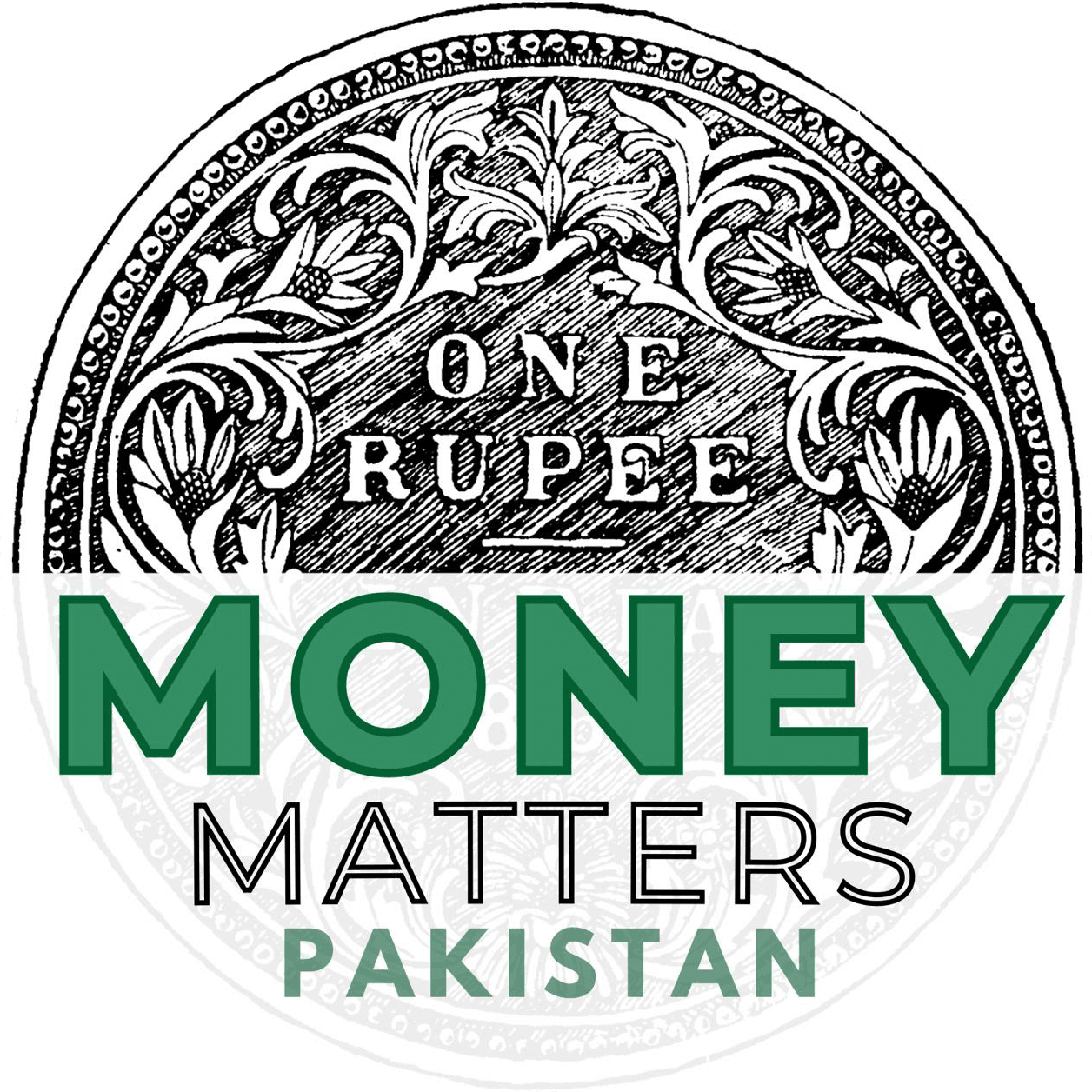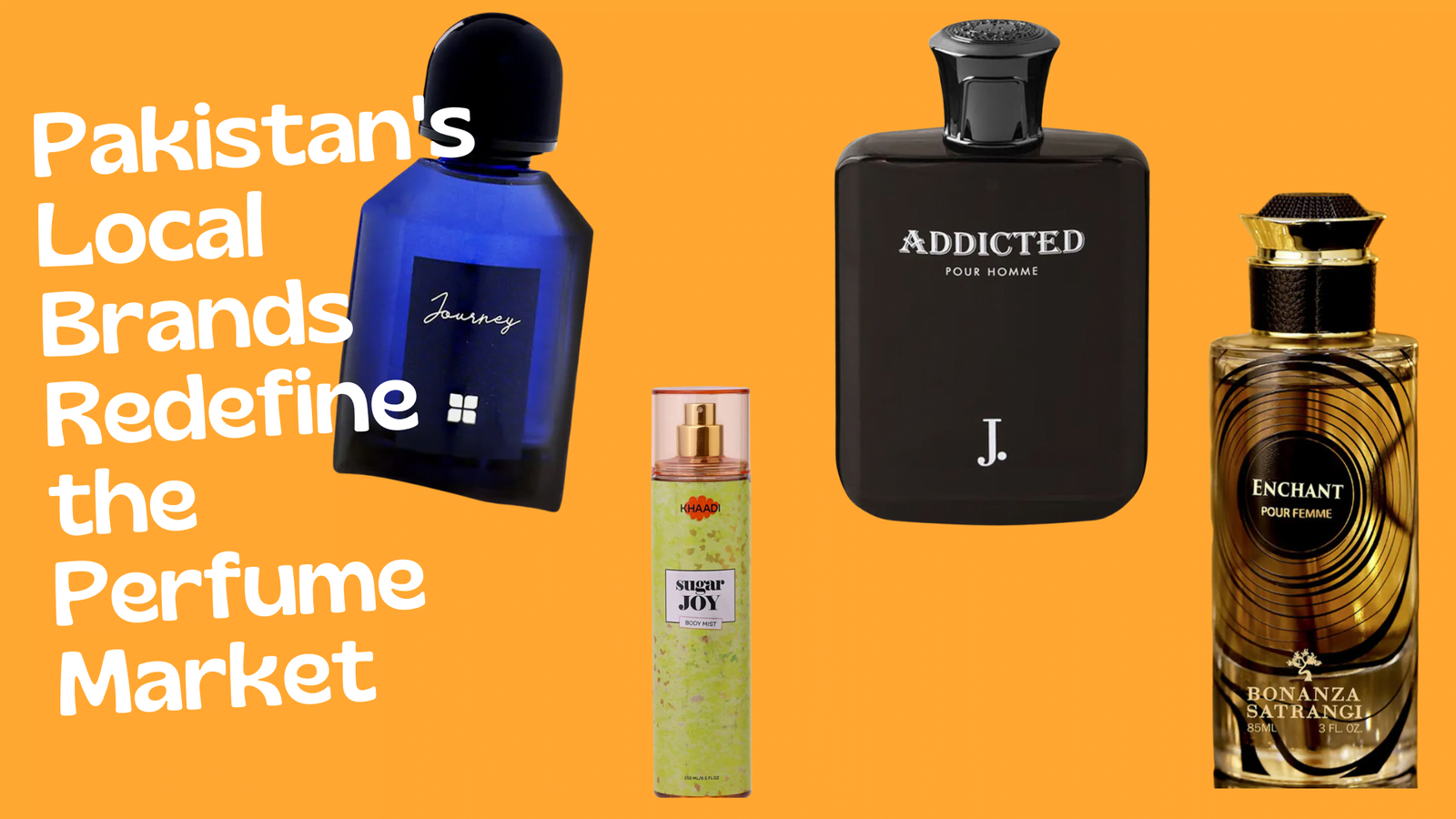Pakistan’s fragrance market has undergone a remarkable transformation over the past decade, witnessing a surge propelled by local brands venturing into the realm of perfumery. This shift, from fashion to fragrance, marks a strategic pivot for renowned names such as Khaadi, Gul Ahmed, Bonanza, and Alkaram, alongside unexpected entries like One Degree, best known for its activewear. These brands have collectively disrupted a market once dominated by foreign labels and iconic local giant, J. Perfume.
Market analyses by Euromonitor and Statista forecast a steady growth trajectory, albeit with differing perspectives on the pace. Junaid ur Rehman, formerly of Gul Ahmed’s Fragrance and Beauty division, contends that these projections may underestimate the sector’s potential. Citing undisclosed sales figures and industry insights, Rehman suggests a more robust annual growth rate, citing examples like Gul Ahmed’s remarkable ascent in perfume sales from Rs0.5 billion to a projected Rs2 billion, showcasing nearly a 300% increase.
The decision of fashion brands to enter the fragrance market stems from several strategic imperatives. Chief among these is diversification amid a saturated ready-to-wear clothing sector. The move also echoes global trends where established fashion brands leverage their brand equity to penetrate adjacent luxury segments, following J. Perfume’s pioneering steps.
The landscape dramatically shifted around 2018 when governmental policies, including increased import duties, pushed brands towards local production. Formerly reliant on imported finished products, brands adopted a modular import approach, assembling perfumes locally to circumvent hefty tariffs. This transition not only boosted local production but also stimulated ancillary industries, such as local alcohol distillation for high-quality raw materials.
Sohail Siddiqui from J. Perfume underscores this local production revolution, highlighting how Pakistani alcohol, once wasted, now serves as a crucial ingredient in domestic perfumery. Such developments have catalyzed the emergence of local production facilities like Alpha Labs and Khwaja Arisols, with J. Perfume setting up its manufacturing hub in 2023.
Despite challenges such as escalating taxes — now at 25% GST — and economic fluctuations, Pakistani consumers display a unique preference for premium perfumes over mass-market alternatives. Siddiqui notes this distinction, contrasting it with neighboring markets like India and Bangladesh. This consumer behavior bodes well for the industry’s growth, indicating a strong preference for quality over price sensitivity.
Looking ahead, Siddiqui envisions potential export markets in Afghanistan and Russia, leveraging proximity and consumer preferences for mid-to-premium range perfumes. While cautious about competing directly with European giants, Siddiqui advocates for government support to nurture this nascent export potential.
In conclusion, Pakistan’s fragrance industry stands at a pivotal juncture, driven by local brands’ audacious foray into perfumery. Their success hinges on innovation, quality assurance, and strategic adaptation to economic challenges. As these brands carve out a niche in the domestic and potentially international markets, they herald a new chapter in Pakistan’s retail landscape, blending tradition with modernity in scent. The journey from fast fashion to fragrant allure underscores a vibrant evolution, promising a scented symphony resonating far beyond national borders.
Editor’s Note: The news story is based on an article published by daily Dawn recently




